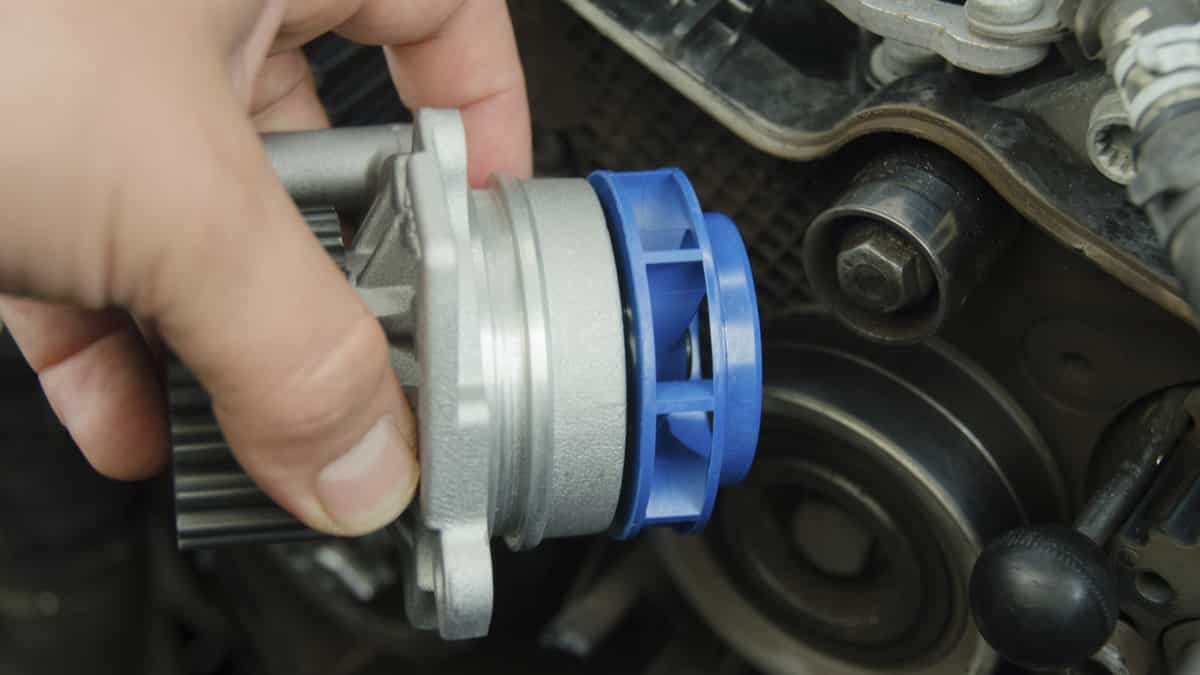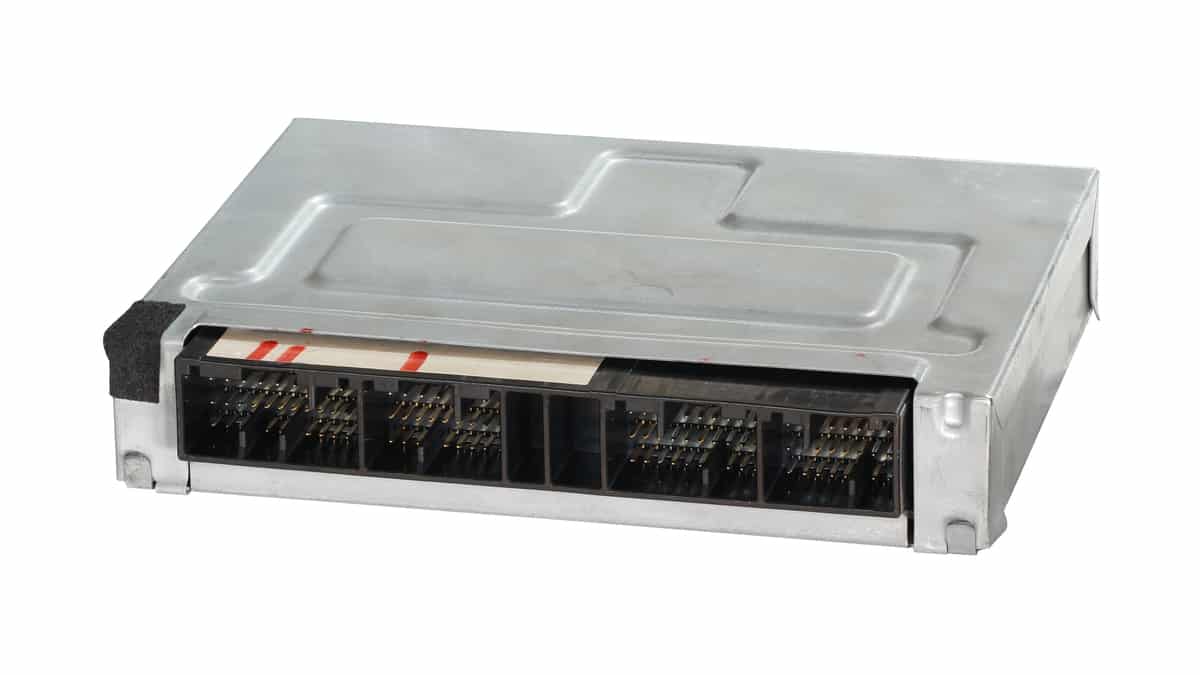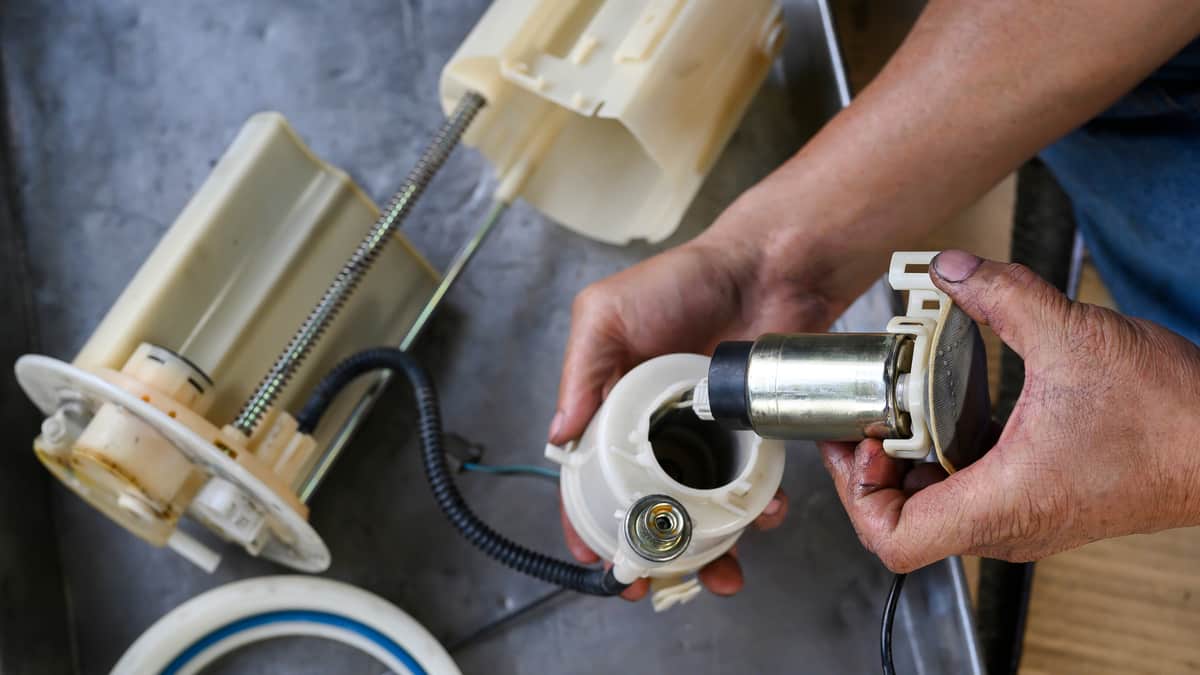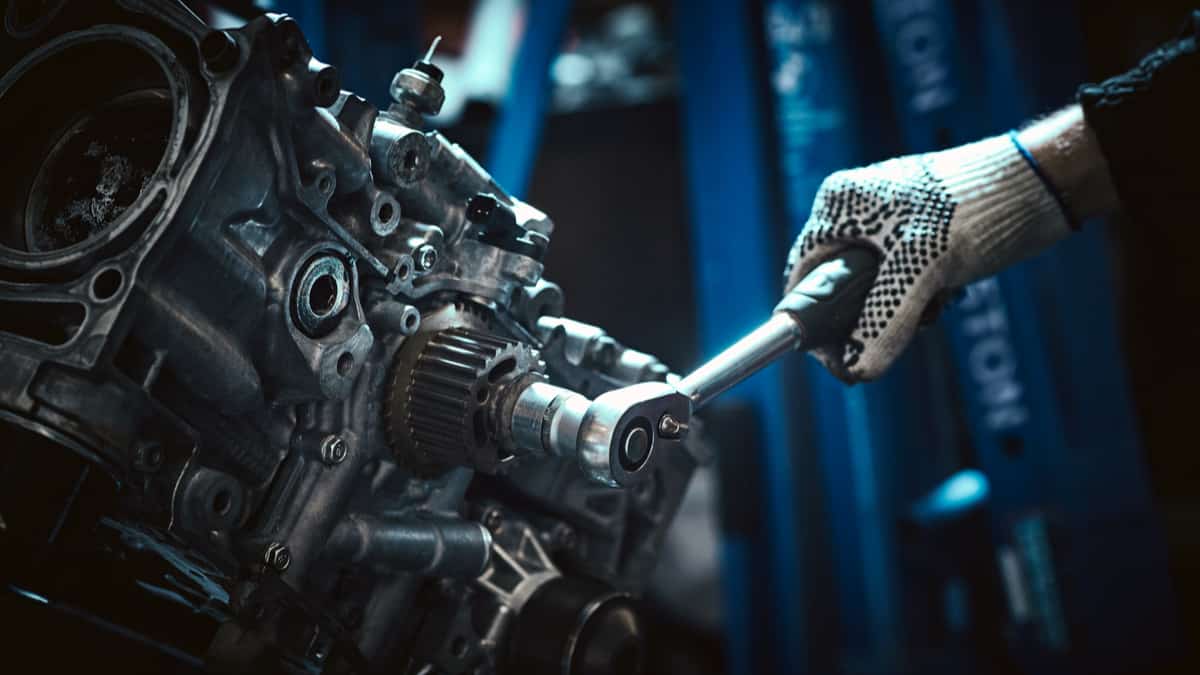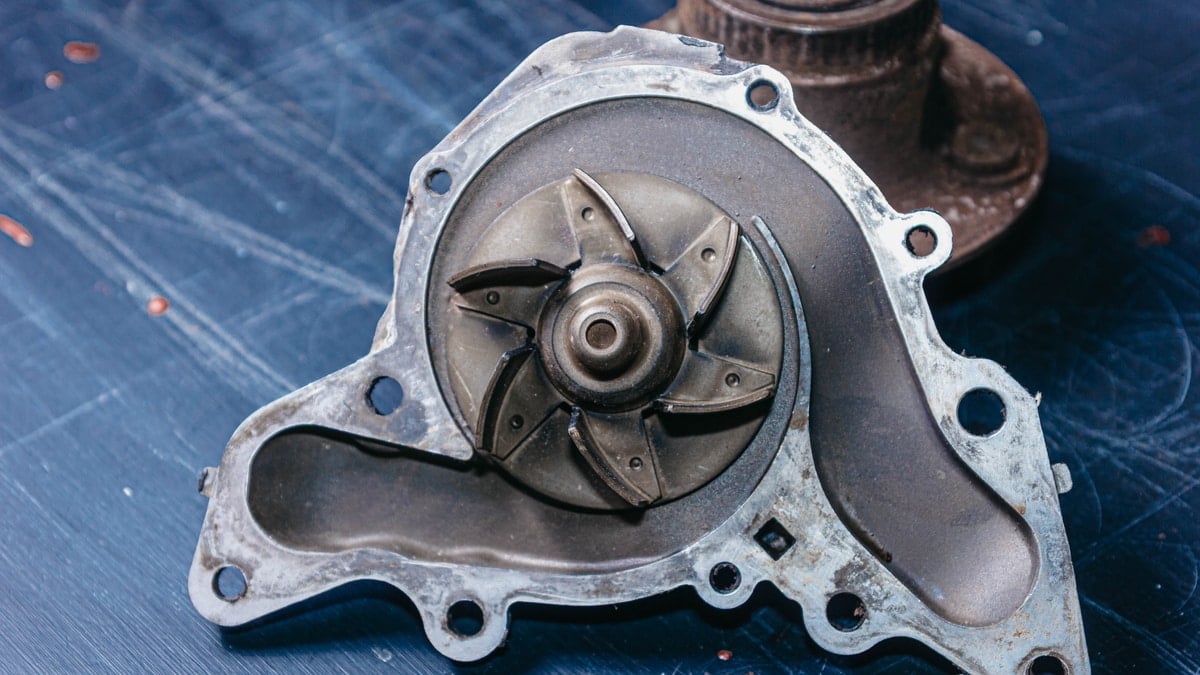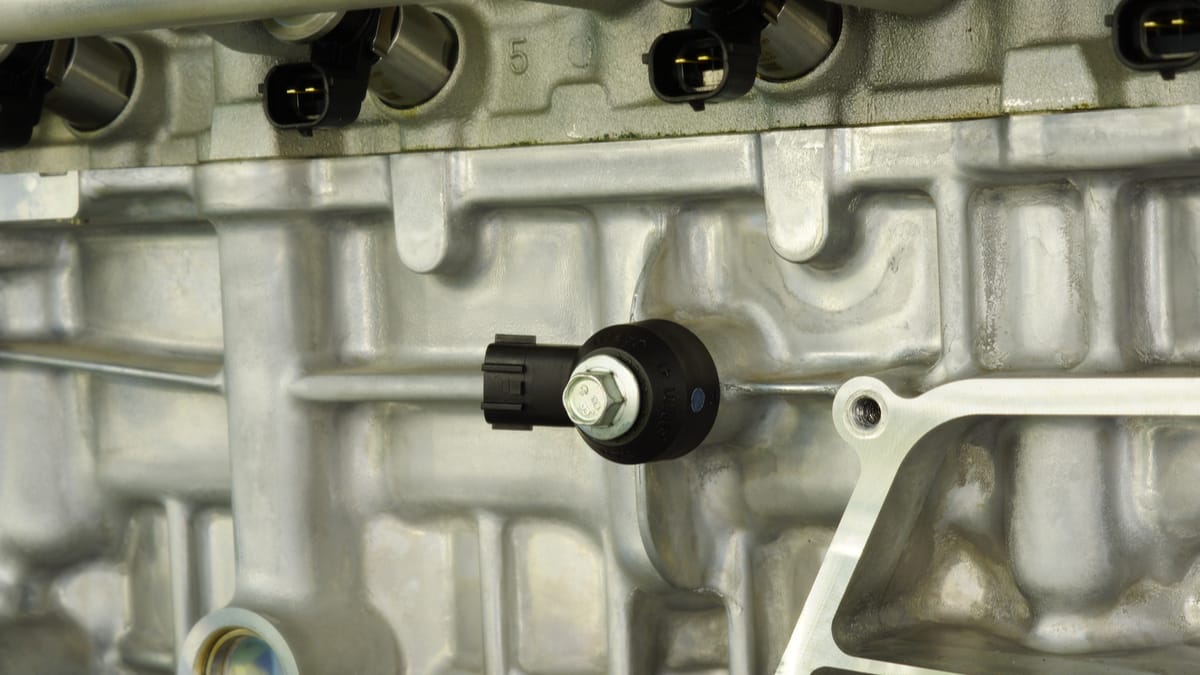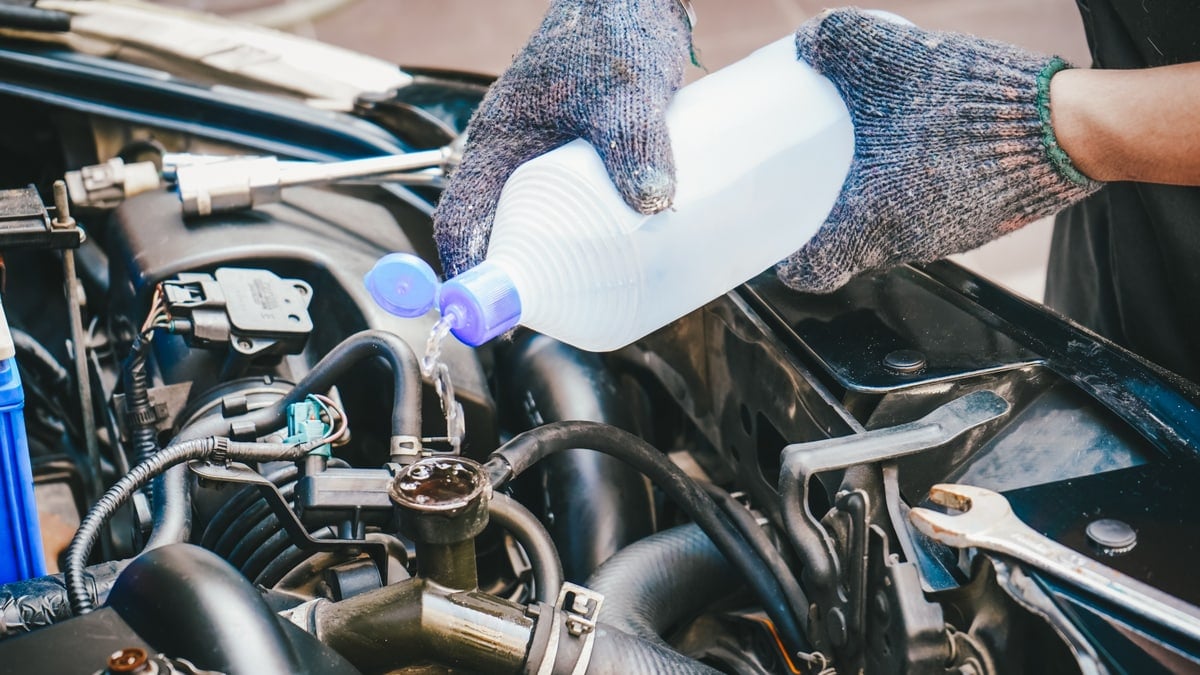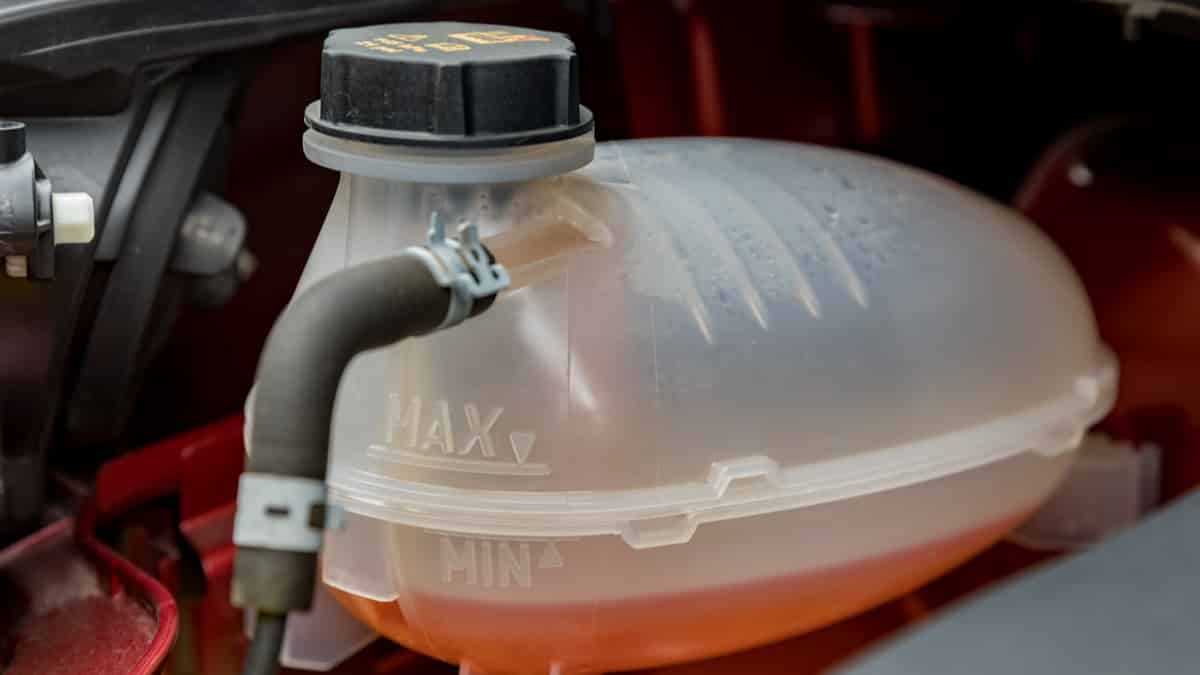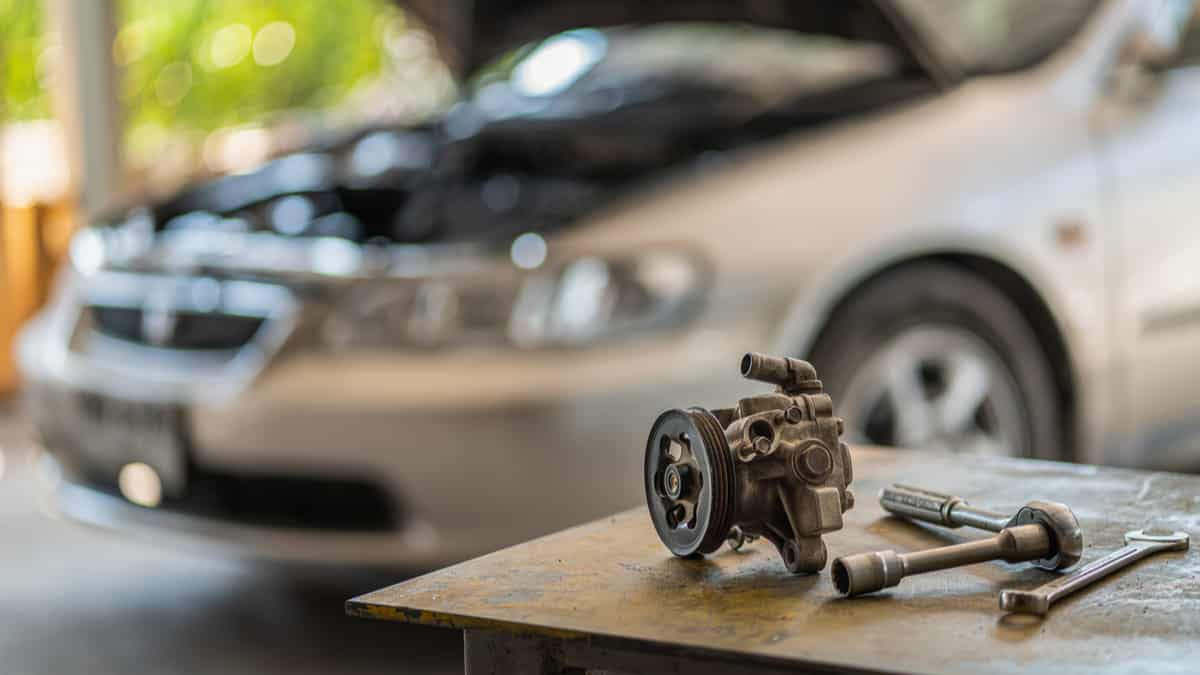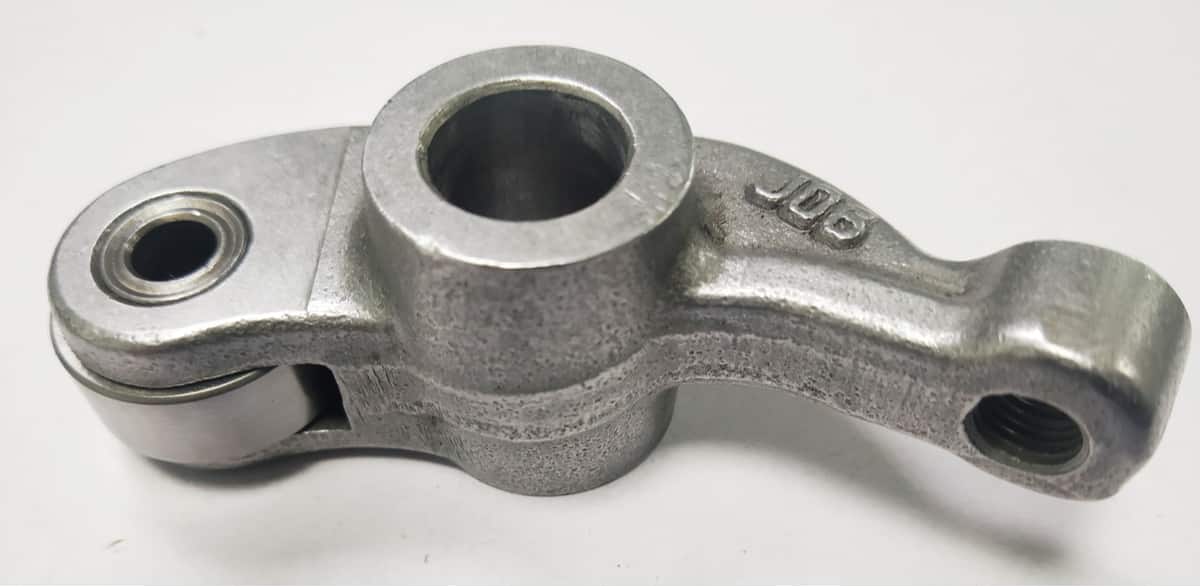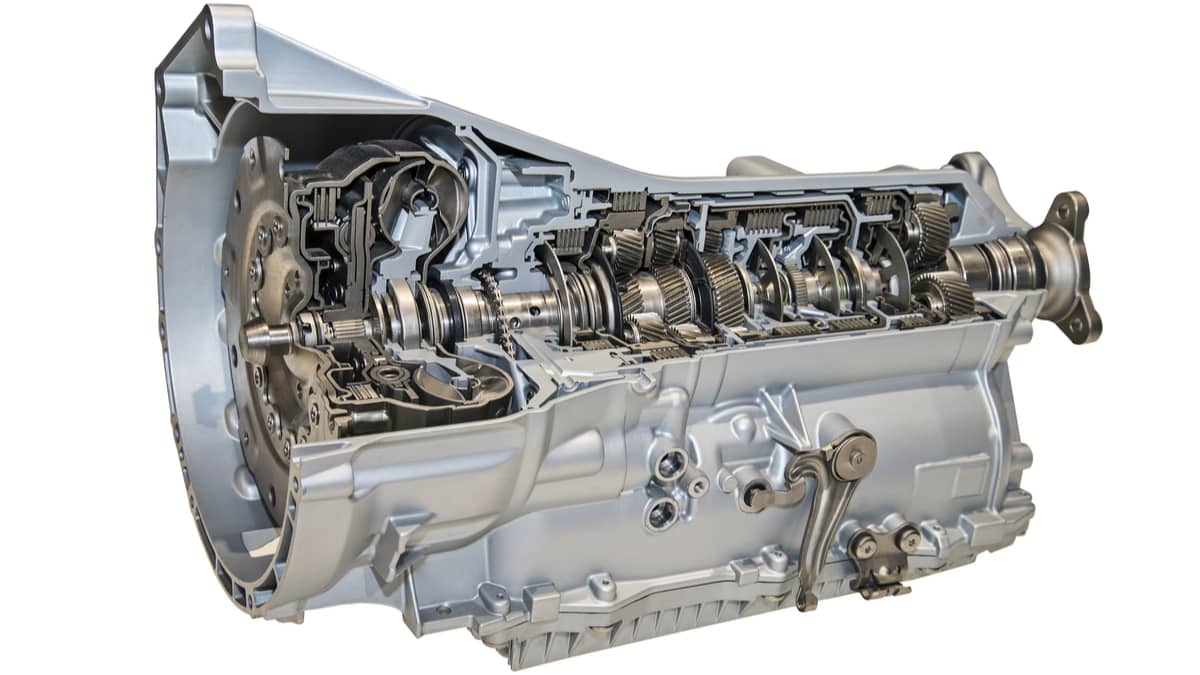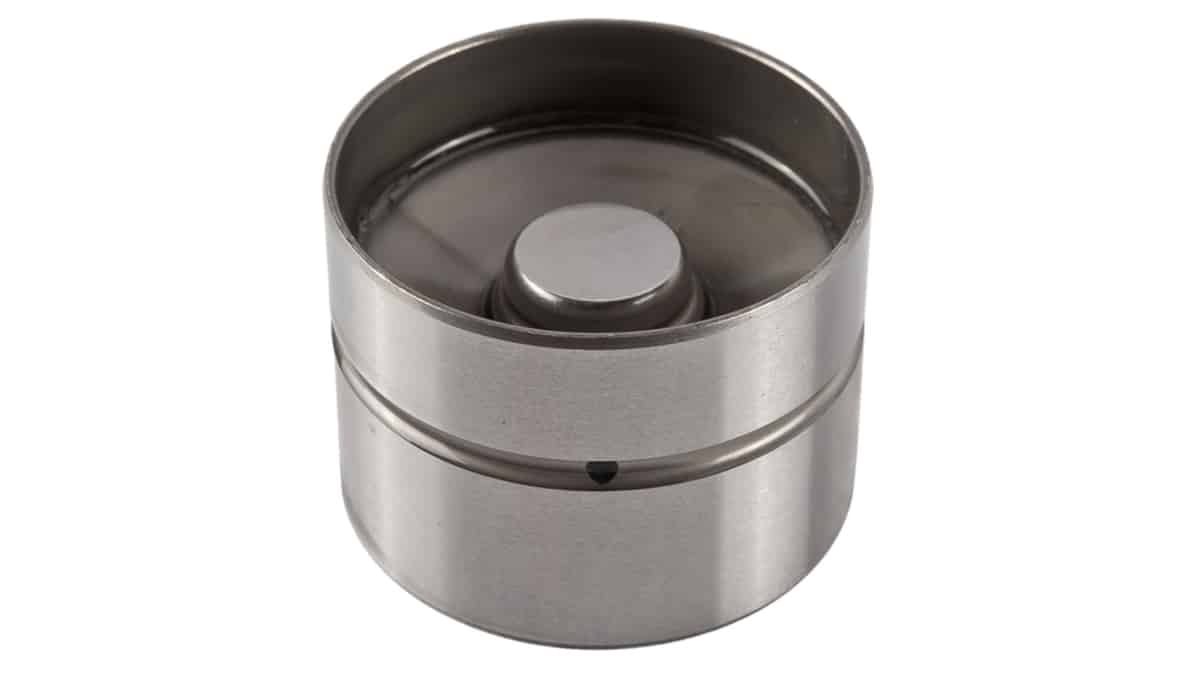The water pump is an integral part of the automotive cooling system. When this part fails, you are left with some serious issues, which is why it’s essential to know the symptoms of a bad water pump.
In this guide, we cover the top bad water pump symptoms, show you where it’s located and explain the function. We also look at how to test the water pump, explain the average cost for replacement and answer some of your most-asked questions.
Symptoms Of A Bad Water Pump
When the water pump fails, you may notice a coolant leak and the engine can overheat. There could also be a squealing noise or white smoke coming from the engine. In some cases, you will also deal with an unstable engine temperature, making it difficult to diagnose the problem.
Examine these possibilities in detail to see if you are dealing with a failing water pump.
1. Leaking Coolant
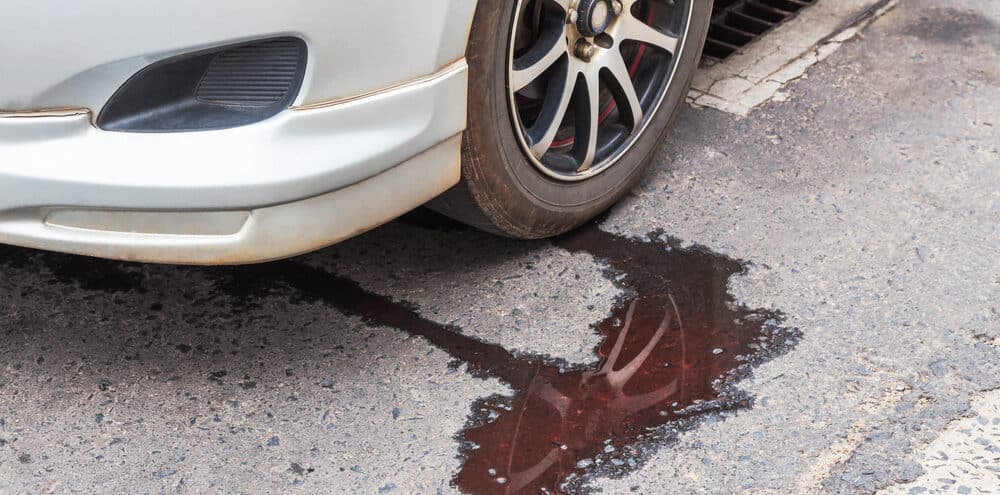
Coolant leaks can happen because of many reasons, so a bad water pump isn’t always to blame, but it’s a possibility to consider. If the coolant is leaking from the front of the engine, you may want to check the pump. The gasket surrounding the water pump could be causing the leak, as well as the seal on its shaft.
When the leak is minor, it may not even reach the ground below the vehicle. Instead, it drips on the front of the engine and the heat dries it up quickly. If this is the case, you will see a white trail of dried coolant.
Either way, you want to deal with the coolant leak right away. If too much fluid drips out, it could lead to an overheating engine and permanent damage to the motor.
2. Overheating Engine

The coolant is responsible for keeping the engine temperature in normal operating range. If the temperature gauge starts to rise and the engine overheats, it’s a sign that the coolant isn’t doing its job.
A failing water pump is one reason for this occurrence. It can also be caused by an air pocket in the coolant system or contaminated fluid. Mechanical failure can also be blamed, such as when the thermostat fails.
If you discover that the water pump is the culprit, there are multiple things that could have happened. It may just have gotten old or worn out. The impeller may have also been broken from freezing temperatures or debris infiltration. Either way, continuing to drive with an overheating engine leads to massive failure, whether it’s through a blown head gasket, seized engine or warped cylinder head.
3. Squealing Noise
Failing water pumps are known for making a unique squealing or chirping noise. This sound comes out of the front of the engine. It’s similar to what you would hear when the serpentine belt makes noise. A failing water pump could lead to resistance and make the belt slip on the pulley, causing a strange noise.
This problem is usually caused by a worn-out shaft bearing. Once you hear the noises, you have no time left to waste. The water pump is failing. You should take these symptoms as a warning that it’s time to take action.
4. White Smoke From Engine
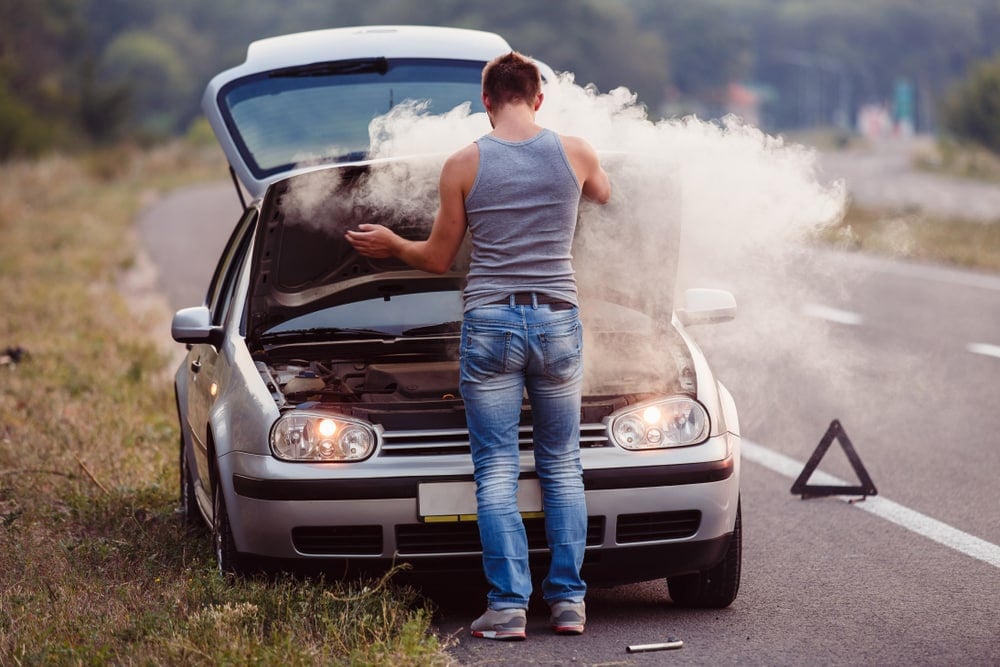
If there is steam or white smoke coming from the radiator, you can bet that the engine is probably overheating, maybe because of a defective water pump. However, it could also occur because of a poor radiator cap, which can cause coolant to be lost.
Whatever is causing the steam or smoke, you should pull your car over immediately. It’s never wise to drive while the engine is overheating, not even for a short distance. It doesn’t take long to harm the engine in ways that are unrepairable and require a replacement.
5. Unstable Engine Temperature
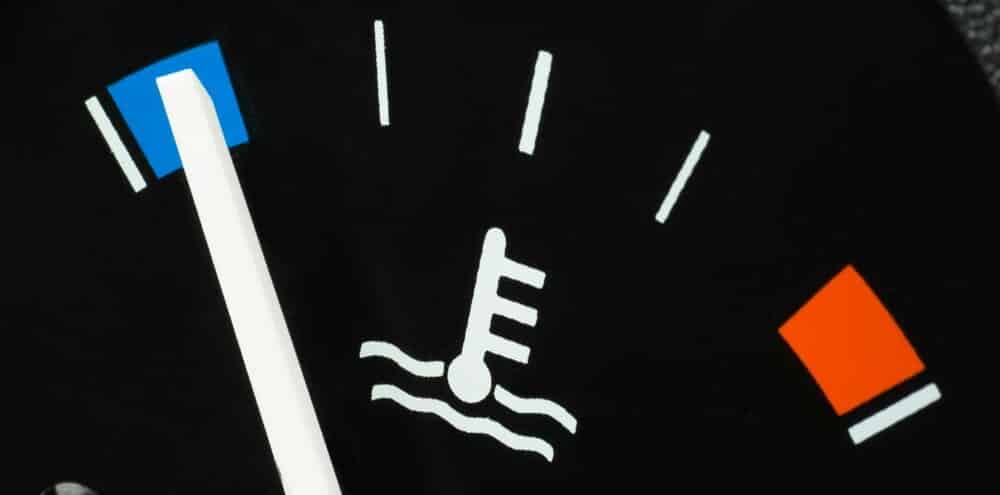
While it’s not as common, you could see the engine temperature fluctuating between normal and hot. If the coolant can’t circulate and reduce the temperature, the engine is going to start running hot.
However, it may drop slightly if you are driving at highway speeds and there’s a lot of air circulation. Either way, if the temperature gauge ever reaches danger zones, you should have the cooling system looked at.
What’s The Function Of A Water Pump?
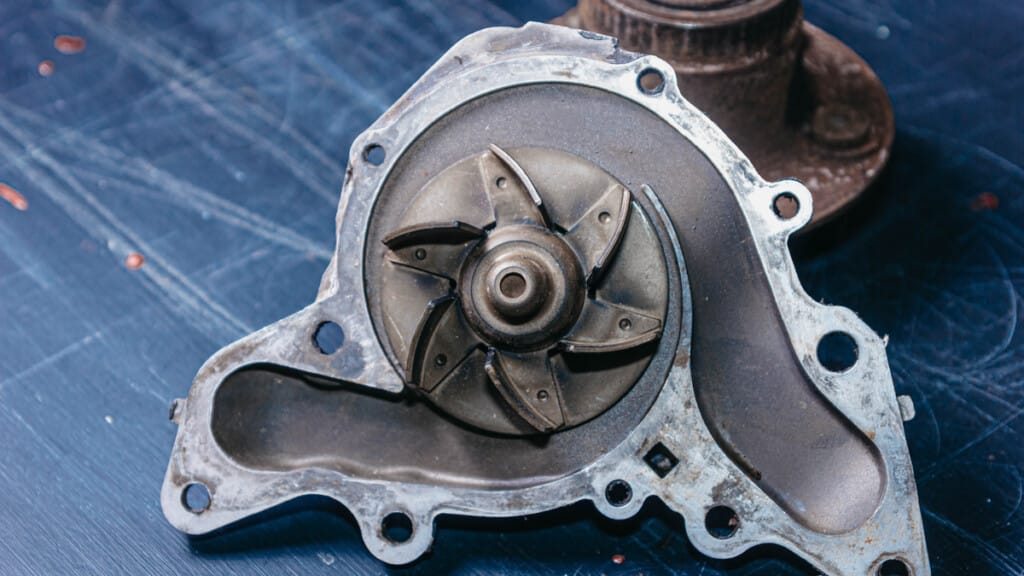
The water pump is responsible for taking the coolant out of the radiator and moving it through the motor and then back to the radiator once again, so the cycle can continue. With a properly-running water pump, the engine remains at a consistent temperature.
As the coolant moves through the engine, the coolant takes on the heat. As it moves back through the radiator, the heat is dispersed, allowing the fluid to re-enter the engine at lower temperatures. If it doesn’t provide cooling, the engine will overheat.
In the majority of vehicles, the engine turns the belt that runs the water pump. The shaft on the water pump is connected to vanes that rotate in conjunction with the shaft. This turning motion creates the suction that pulls the fluid from the radiator. As the fluid reaches the pump, centrifugal force pushes it into the outer walls and down a drain that enters the engine block. The fluid travels through the cylinder heads before draining back to the radiator, where it can happen all over again.
Where Is The Water Pump Located?
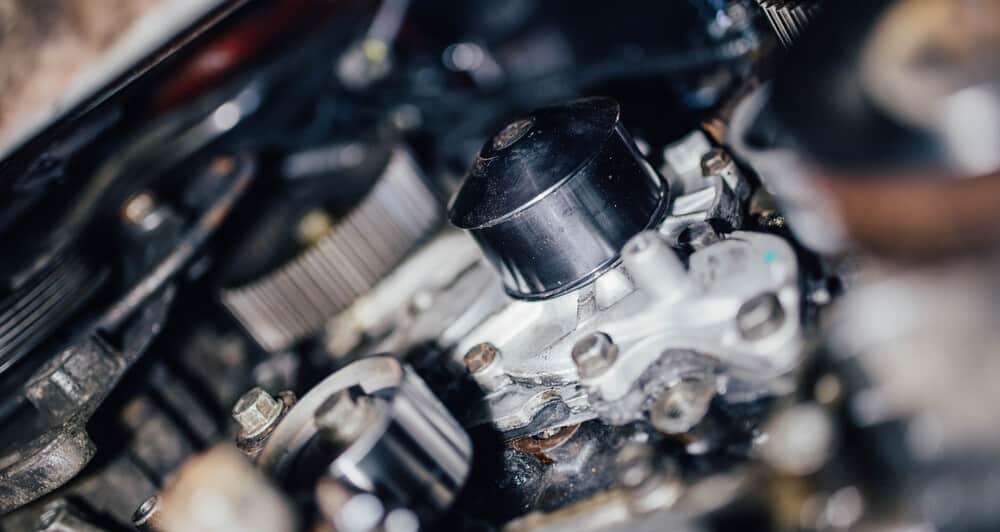
There are water pumps found near the drive belt or serpentine belt. This positioning puts the water pump toward the front of the engine. However, if it’s driven by the timing belt, it can be more difficult to find the water pump. You may need to remove some other parts or covers to get to it.
The only way to know for sure is to reference a service manual or search for a diagram online. Knowing the location of the water pump can help you decide whether you want to replace it yourself or take it to a mechanic.
How Do You Test The Water Pump?
If you see the temperature gauge climbing or you hear strange noises coming from the water pump area, you should pull over and try to figure out what’s going on. Some of the diagnosis isn’t difficult to do at home with some simple tools.
Here are some things to consider.
- Park on level ground.
- Turn the engine off. It’s best to work with the cooling system when the engine is cooled off.
- Inspect the water pump pulley. Gently wiggle the pump pulley back and forth. You shouldn’t see any movement. If there is any movement, you may need to replace the pump.
- Inspect the system for leaks. If you can find where the coolant is leaking from, you will have a better idea if the water pump is to blame. Look for the leak coming out of the water pump housing or around the gasket. If it’s leaking, replace the pump.
- Inspect the coolant reservoir. If there’s a leak, the coolant level will be lower. Leaks can also occur at the water pump gasket because of contaminated fluid, such as when you don’t perform a coolant flush.
In some cases, you won’t be able to inspect the water pump without removing the timing cover. This can be a complicated procedure that most home mechanics aren’t equipped for. As professional technicians, it’s always our advice to reach out to a local repair shop if something feels too hard for you to accomplish. You would rather pay a little extra for the repair than have something else break.
How Much Does It Cost To Replace A Water Pump?
On average, the water pump replacement cost is between $550 and $900. Parts cost between $350 and $500, while the labor may be another $200 to $350. This cost can be much higher if the water pump is in a tough location or depending on the type of vehicle you drive.
For example, it’s sometimes recommended to change the water pump pulley, timing belt or serpentine belt at the same time. Any of these additional procedures are going to add more money to your repair cost.
How many hours does it take to replace a water pump?
It depends on how difficult it is to access the water pump. For simple replacements, you may only spend two hours putting a new water pump on. If there are other parts that need to be removed to access the water pump, you could spend all day on the replacement.
Can I drive a car with a bad water pump?
If you know the water pump is failing, you should stop driving. When the engine overheats, it leads to permanent damage, and this doesn’t take long to occur. Even driving for a few minutes can lead to a warped cylinder head, blown head gasket or a seized engine.
How long can I drive a car with a bad water pump?
You shouldn’t drive the vehicle at all once you know the water pump is bad. The pump won’t be able to keep the coolant circulating so the engine can stay cool. Therefore, the engine will overheat and you could allow major damage that will lead to the need for a motor replacement.
What causes a water pump to go bad?
Most commonly, water pumps die from old age. If it’s been used a lot, it’s going to wear out. Additionally, the impeller or one of the bearings can fail. There’s also the chance that a gasket or seal deteriorates, allowing coolant to leak. If the water pump is failing, it can put more pressure on the drive belt, causing even more trouble.
What does a faulty water pump sound like?
When the water pump fails, it often causes a chirping or squealing sound. It’s heard at the front of the engine and resembles the noise you know the serpentine belt makes. In some cases, the noise is due to the additional stress put on the drive belt because of the water pump pulley.
There are some car parts that should never be ignored when failing. The water pump is one of these parts. Because it’s so important to keep the engine at normal operating temperature, you want to replace it at the first sign of failure. While the cost may not be cheap, it’s going to be a lot more reasonable than replacing the engine.
If you hope to get more miles out of the car, it’s best to stop driving and swap out the water pump. If you aren’t familiar with the replacement procedure, you can check your car’s service manual or take it to a repair shop for professional support.
